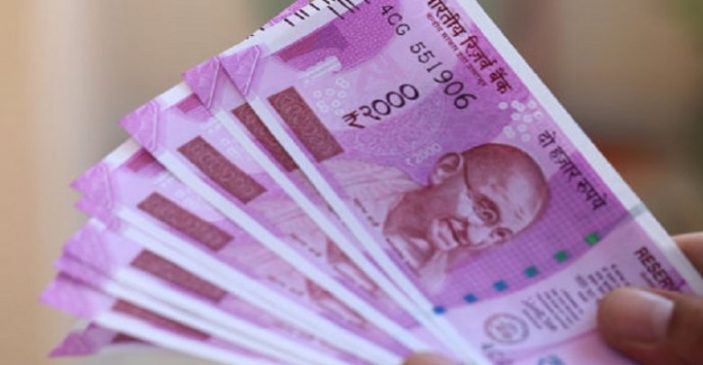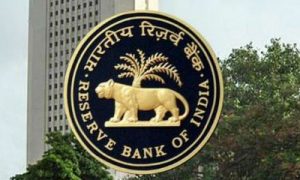The year 2022, be it equities, gold, cryptocurrencies, or debt instruments, has disappointed investors. Where should they invest now?
The year 2022, be it equities, gold, cryptocurrencies, or debt instruments, has disappointed investors. The sharp reversal in the interest rate regime by global central banks, coupled with multi-year high inflation has dampened investors’ sentiments. Even for the remaining part of CY22, the investment outlook remains challenging with the Russia-Ukraine conflict intensifying, and the US-China locking horns over Taiwan.
However, the key benchmark indices got into the festive mood on Tuesday, a day before Dussehra, with equities gaining more than 2 per cent amid positive global cues. Weak manufacturing data in the US raised hopes that the Federal Reserve would slow its pace of policy tightening.
Read More: RuPay credit card use on UPI free up to ₹2,000
So, should investors take a risk at the moment and invest their surplus money in any asset class?
Gaurav Agarwal – Senior Director, Paisabazaar, said: “Investors should always choose their asset class based on their risk appetite, an investment horizon of their financial goals and their asset allocation strategy. For example, investors having financial goals of 5 years or more should invest in equities or equity mutual funds as equities as an asset class beats fixed income instruments by a wide margin over the long term. Those having a shorter investment horizon should stick to the fixed income asset class as equities can be very volatile in the short term.”
Equities
Despite global headwinds, Equities remain the preferred allocation for an investor to bet in the long term. “The overall year 2022 has been disappointing with index returns being negative (CY 2022- (-2.3 per cent down) & FY 2022 – (-2.3 per cent down) mainly driven by geopolitical reasons leading to high inflationary concern and rate hikes. While for India fall in oil prices and strong economic data points like rising in Auto sales followed by Direct TAX collections and a rise in GST collections would remain supporting the domestic economy. If we compare the stock market globally we expect Indian equities to outperform. In this scenario, a conservative investor should allocate 40-50 per cent in direct equities in a calibrated way with buy on dip strategy, said Prashanth Tapse.
Read More: India’s falling rupee hits all-time low, what it signifies
Mutual Funds, Gold and FDs
Fixed deposits and government bonds, meanwhile, may generate around 6-7% returns, while gold may remain flat, say experts.
Here are Reasons Why SIP is Best Way to Invest
Looking at the current scenario, Tapse suggested that “the mutual funds’ allocation of 20-25 per cent should also be considered in these volatile markets through the SIP route which helps investors to have a rupee cost averaging strategy for the long term.”
“Investors using the SIP route to invest in equity mutual funds should continue with their SIPs irrespective of market dips or corrections. Doing so would allow them to purchase more equity fund units at lower NAVs, which would reduce their average investment cost and may also help them in achieving their financial goals sooner,” Agarwal explained.
Investment in gold can be done through gold ETFs/ sovereign gold bonds. Tapse thinks, when it comes to gold as an investment product, investors should look at investing 20-25 per cent of the surplus investable amount in SGB bonds for the long term and GOLD ETFs for the short to medium-term trading perspective.
This negative correlation makes gold an excellent hedging instrument for investors as the asset classes of gold and equities have a negative correlation. Agarwal suggests, retail investors should maintain a gold exposure consisting of at least 5-10 per cent of their investment portfolio. Thus, investors having inadequate gold exposure can invest in gold, preferably through SIPs in gold funds. In case of any steep correction in gold prices, investors can invest a lump sum in gold funds as per their asset allocation strategy. This will average their investment cost and also set their asset mix right.
Bank FDs are considered one of the safest investment options in India, but Tapse says that FDs which only generate 5-6 per cent pa returns against the high inflation, should be avoided. He adds that investors can look for alternative investment products like InvIT’s or ReiT’s for 8-9 per cent return on investment with low risk.
However, experts suggest investors having an extremely low-risk appetite and/or wishing to generate regular income with higher income certainty can open fixed deposits offered by scheduled banks offering yields of 7 per cent p.a. and above.
DISCLAIMER:Disclaimer: The views and investment tips by experts in this News18.com report are their own and not those of the website or its management. Users are advised to check with certified experts before taking any investment decisions.





































